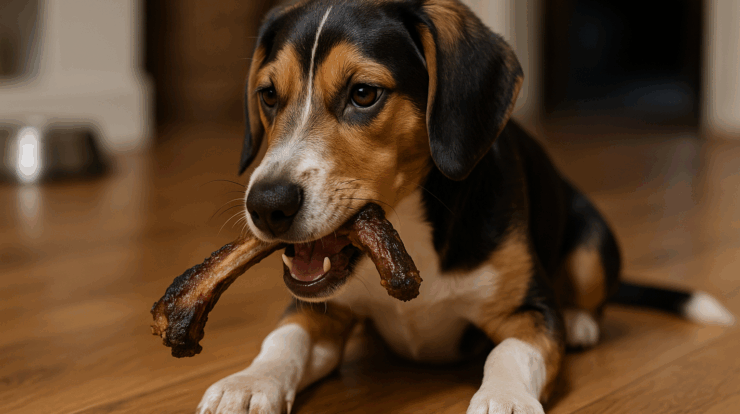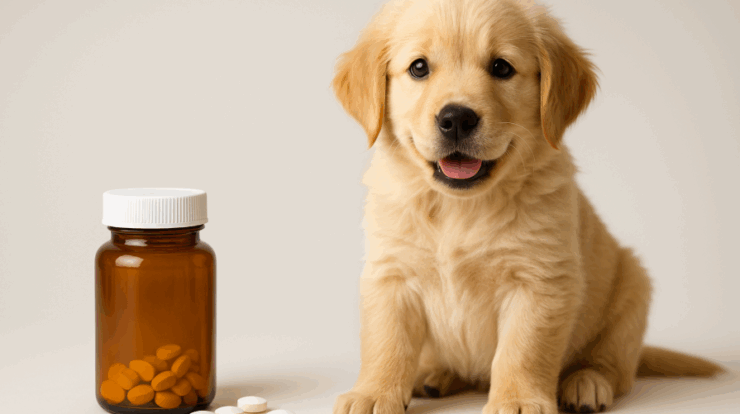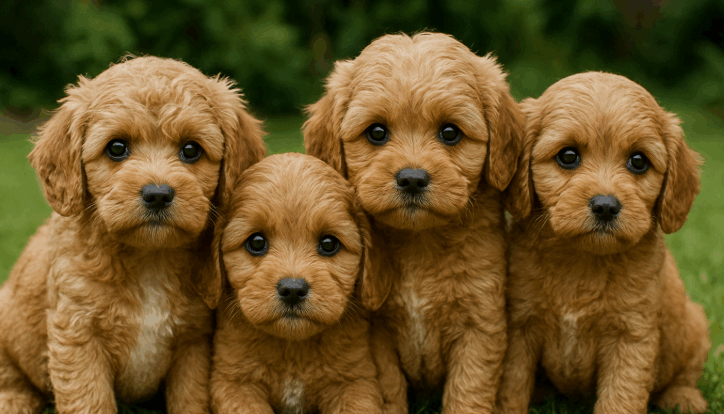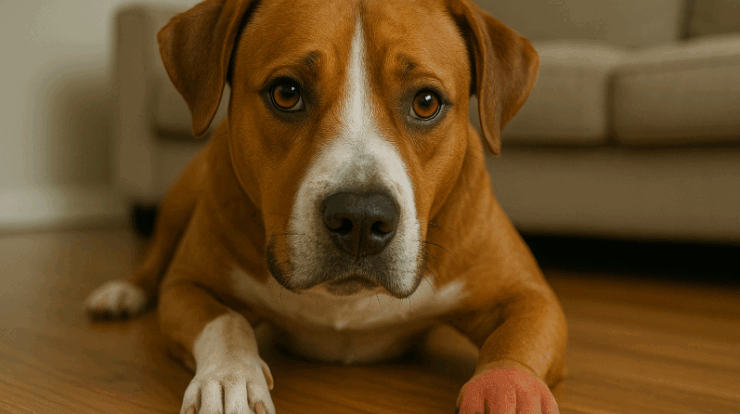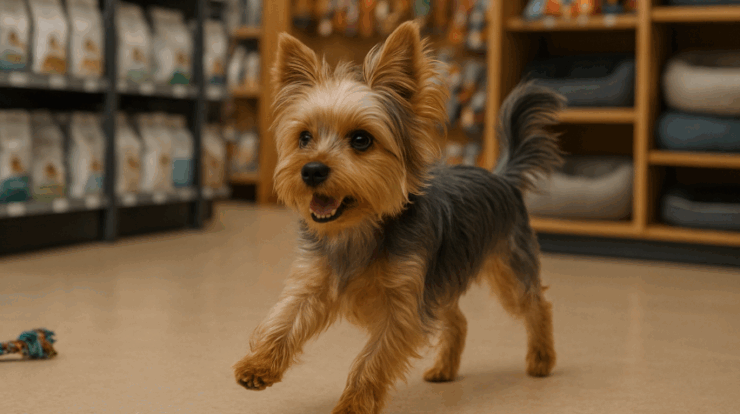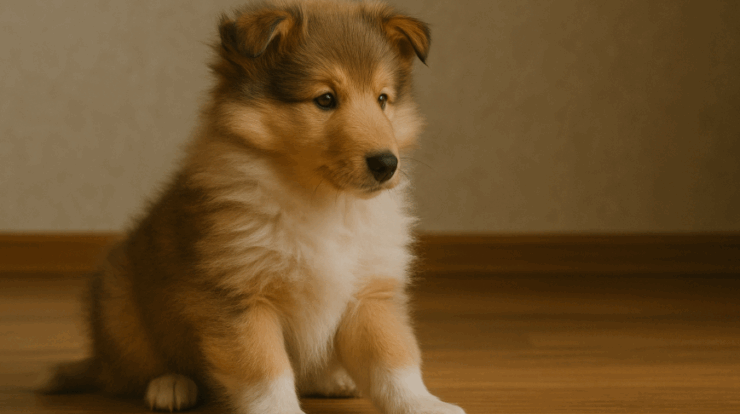What Are Dogs Trying to Tell Us by Licking at Their Paws?
It usually begins quietly. You’re sipping your coffee, the world is calm, and then you hear it—a soft, rhythmic slurp. You look over and see your dog, totally engrossed, licking at his or her paws as though no one is watching. You question, why do dogs lick at their paws like that? Could it be boredom? Unease? Some dog ritual? Though in the world of dogs it’s packed with meaning, this behaviour may seem easy. Although a sporadic lick can be grooming, constant paw licking might be a warning sign for more serious problems, including allergies, nervousness, or illness. You are in the correct location if you have been wondering why your furry buddy keeps concentrating on their feet. One paw at a time, we will expose the reality behind this enigmatic behaviour.
Regular Grooming or Something Different Why Do Dogs So Frequently Lick Their Paws?
Much like cats, dogs do spend time grooming themselves. It’s absolutely natural for them to lick their feet now and then to remove dirt, sand, or other detritus from outdoor excursions. But when licking gets more regular and concentrated, you have to question—why do dogs lick at their paws so intensely? Your dog may have established a habit or be responding to a slight unnoticed irritation. Watch closely: do they consistently lick the same paw? Does the licking follow meals or walks? These hints could help you decide whether your grooming is typical or a concern needing addressing.
Environmental allergies could be a major cause for dogs licking at their paws.
Environmental allergies are among the most frequent causes of dogs licking at their paws. Just like people, dogs might be allergic to pollen, grass, mould, or even particular cleaning chemicals used on your floors. Allergens that accumulate in the fur or skin between your dog’s toes trigger their natural instinct to lick the region in an effort to relieve the itch. This may result in inflammation, redness, and sometimes subsequent infections. Should your dog only begin licking their paws during particular seasons or following outside walks, this might definitely be the offender.
The Food Factor Might Be The Cause Of Dogs Licking At Their Paws
Although many individuals link food allergies with gastrointestinal problems, one of the more modest symptoms is itching—especially of the paws. If you’re wondering why dogs lick at their paws after meals, check inside their bowl. Some dogs may have allergic responses to items such as poultry, meat, dairy, or wheat. Think about using hypoallergenic dog food or an elimination diet to check whether symptoms get better. Monitor any excessive licking following feeding in the interim to identify trends early.
Fleas, ticks, and mites can make dogs lick at their paws continuously.
Among the concealed causes why dogs lick at their paws so often are parasites, including fleas, ticks, or even minute mites. These tiny intruders can trigger allergic responses, discomfort, and severe scratching. While flea bites may not always be visible on the paws immediately, the allergic reaction could cause your dog to concentrate their licking there. Often beginning between the toes, mange is a skin condition brought on by mites. Preventing this stealthy source of discomfort depends on regular parasite control and vet appointments.
Silent causes of why dogs lick at their paws are bacterial or yeast infections.
Moisture, heat, and darkness—especially between the toes—that’s the ideal formula for an infection. Dogs that often lick their paws can start a vicious cycle: the more they lick, the more moisture accumulates, which promotes bacterial or yeast overgrowth. If you’re still curious as to why dogs lick at their paws even when they appear OK, try smelling them. Often, yeast infections smell sour and cheesy. Ignored, these infections can grow uncomfortable and harder to treat.
Injuries and splinters help to explain why dogs lick at their paws.
A little cut or a small splinter could cause major pain. Dogs don’t always howl in agony or limp; sometimes they lick instead. Check for thorns, burrs, tiny scratches or imbedded pebbles if you don’t know why dogs lick at their paws following outside play. A torch and careful separation of the paw pads will show more than you anticipate. Fast action can reduce your dog’s pain and stop infection.
Emotional Reasons Behind Dogs’ Nervous Habitual Paw Licking
Licking is not all physical. Much like humans, dogs create routines to handle anxiety, boredom, or stress. Should your dog lick their paws while left alone or during thunderstorms, it may be a coping tool. This is a crucial factor in determining why dogs lick at their paws even when all seems well. Early intervention with stimulation, toys, or soothing aids is crucial since behavioural licking can turn compulsive over time.
Hearing the Silent Clues Behind Paw Licking
Having looked at the several levels underlying dogs’ paw licking, one thing is obvious: it is a behaviour deserving of notice. Paw licking is your dog’s method of saying that something’s not quite right, from allergies and injuries to emotional turmoil and food. Don’t dismiss it as merely a quirky habit; this might be the first indication of a problem that, if treated early, could spare your dog suffering or discomfort.
Always tackle the problem comprehensively. Consider their physical health, mental stimulation, diet, and surroundings. Begin with the easy things, such as inspecting for thorns or burns and washing their paws following walks. Should the licking persist, though, don’t be afraid to contact a veterinarian. In the end, interpreting your dog’s silent language of the paws depends on your attention and concern.

